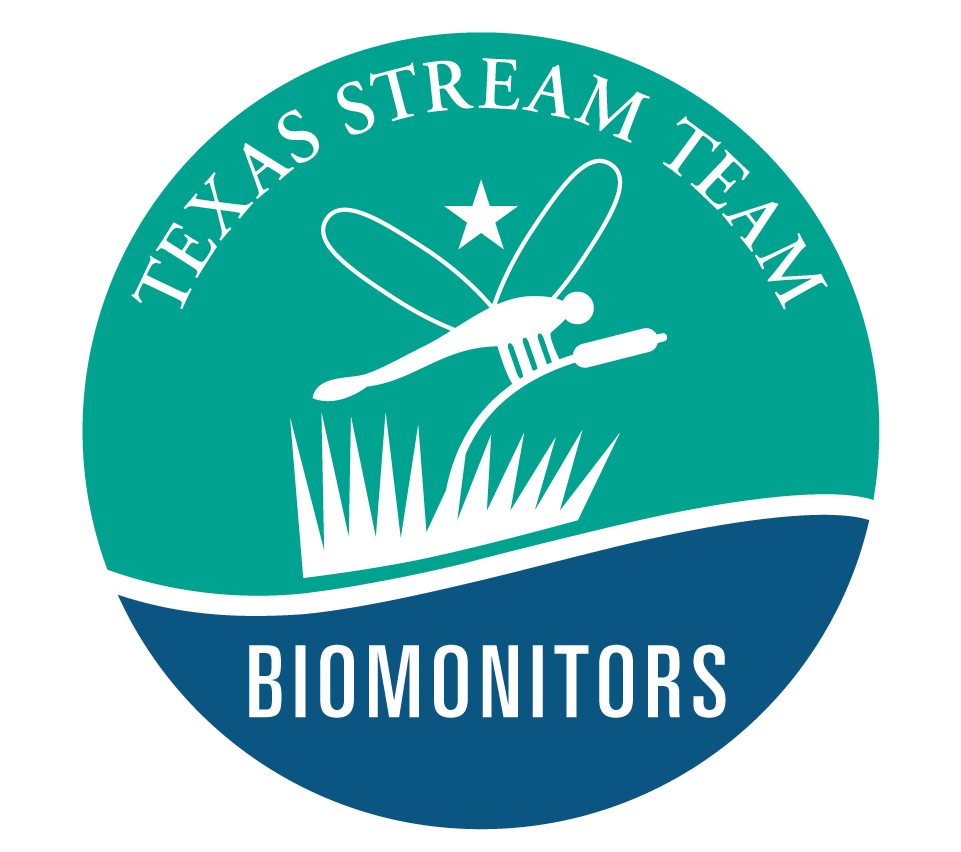Riparian Evaluation
Riparian Evaluation Training and Monitoring

Biomonitors assess the health of your lake, river, stream or estuary based on the riparian habitat. Data is coupled with water quality data and used to track ecosystem and habitat health over time in the rivers and streams that flow to the Texas Coast.
A riparian area is the interface between land and a water body. When a riparian area is healthy and functioning properly it filters and slows run-off and floodwaters, and allows for sediment trapping, water storage and groundwater infiltration. The water quality benefits of a healthy riparian area are well documented.
It is important to collect data on riparian areas because the indicators of riparian function can lead to the identification of activities that may be hindering the natural riparian recovery process.
Riparian Evaluation Training
Prerequisite: The only prerequisite for this training is individuals must at least 14 years of age (9th grade).
The training focuses on the nature and function of stream and riparian zones, and the benefits and direct impacts from healthy riparian zones. The riparian education programs cover an introduction to riparian principles, watershed processes, basic hydrology, erosion/deposition principles, and riparian vegetation, as well as potential causes of degradation and possible resulting impairment(s), and available local resources including technical assistance and tools that can be employed to prevent and/or resolve degradation.
Texas Stream Team Riparian Evaluation citizen scientists are certified by completing a three-phase training that measures water quality by assessing the riparian habitat.
We encourage citizen scientists conducting Riparian Evaluation to collect observational data at least one or two times a year, or more, to capture seasonality. It is essential that annual or biannual monitoring is conducted at the same time each year for accurate documentation of changes over time. Monitoring takes approximately one hour depending on the time spent traveling to the site.
View our Texas Stream Team Riparian Evaluation Training video to learn more about riparian evaluation and our protocols.
-
Phase I
Phase I of the training provides an introduction to Texas Stream Team and background information, riparian and watershed processes, the benefits that healthy riparian areas provide, and an introduction to the Riparian Bull’s-Eye Evaluation Tool.
-
Phase II
Phase II of the training includes an outside portion where side-by-side monitoring will be conducted with the trainer(s) utilizing the Riparian Bull’s-Eye Evaluation Tool. The trainer carefully observes the trainees’ procedures, answers any questions, and corrects obvious mistakes.
-
Phase III
In Phase III, the trainee conducts and completes the Riparian Bull’s-Eye Evaluation Tool without guidance from the trainer. When the trainer believes that each trainee has successfully completed the three training phases, the training packet is completed, and the liability form is signed, the trainee is then considered a certified Texas Stream Team Riparian Evaluation Water Quality Citizen Scientist.
Resources
-
Pre-Training
Riparian Evaluation Citizen Scientist Manual (coming soon)
Quality Assurance Project Plan
Training Request Form
YouTube Quality Control and Parameter Videos -
Post-Training
-
Riparian Evaluation Monitoring
2022 Texas Stream Team Riparian Evaluation Citizen Scientist Manual
Electronic Riparian Evaluation Monitoring Form - Updated 07/16/2025Riparian Evaluation Citizen Scientist Environmental Monitoring Form
Group Monitoring Plan - Updated 01/17/2023
Dataviewer and Datamap
Funding Guidance
Site Selection Guide
New Monitoring Site Request Form
Private Property Access Form
Supply Order Form
Your Remarkable Riparian Field Guide Book Set
